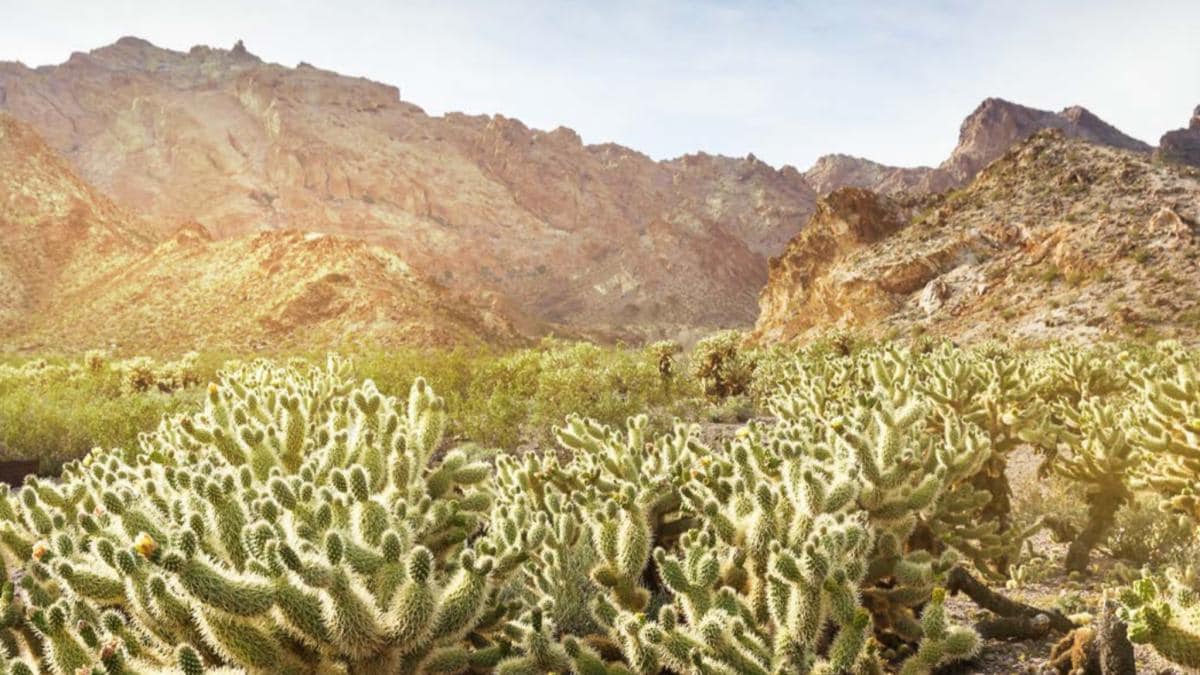At a glance
Each region of the United States experiences climate change and its impacts on health differently. Read about success stories in the Southwest.

Arizona Department of Health Services
Arizonans experience more than 100 days over 100°F per year. Yet, some populations are disproportionately impacted by extreme heat including people experiencing homelessness, older adults, and people without access to air conditioning. Maricopa and Pima counties assessed how to improve the visitor experience for cooling centers, developing best practices, and increasing awareness of locations. As a result of their efforts, new cooling center locations were identified using geospatial analysis; locations are chosen by their ability to best meet demand and support populations at higher risk. Additionally, heat alerts reach nearly 29,000 people on extreme heat days.
San Francisco Department of Health, California
San Francisco is particularly at risk to the health impacts of extreme heat. A study of a 2006 California heat wave found that during extreme heat events, San Francisco’s emergency department visits increased more than almost anywhere else in the state. The San Francisco Department of Public Health’s Climate and Health Program analyzed surface temperature data alongside 21 social and environmental risks to create the city's first heat vulnerability index. This will help prepare the city for future extreme heat events by informing its extreme heat emergency response plan, developing extreme heat preparedness training specifically for older adults, and engaging local clinicians about how to discuss extreme heat preparedness with their patients.
California Department of Public Health
In the past decade, California experienced more frequent and intense heat events, wildfires and droughts, and reduced air quality that outpaced historic records. Aligned with the Building Resilience Against Climate Effects (BRACE) Framework, the California Building Resilience Against Climate Effects (CalBRACE) maintains web-based tools and resources for adaptation planning, including consultation and engagement, hazard, vulnerability, disease burden assessments, and strategies for implementation and evaluation. Some online resources include CDPH syndromic surveillance, the Climate Change and Health Vulnerability Indicators (CCHVIz) interactive data platform, and digital stories narrated by community residents about adverse social, economic, and health impacts from extreme heat events.
San Mateo County, California
Worsening air quality from increased pollen, wildfire smoke, and ground-level ozone exacerbate respiratory conditions such as asthma. San Mateo County assessed the magnitude and trends of asthma burden and adapted the Community Health Vulnerability Index for their jurisdiction. This allowed them to address specific local climate and respiratory health issues, especially among populations disproportionately at risk.
Alameda County, California
Often, populations at increased risk to the health impacts of climate change do not receive adequate communications about air quality alerts during wildfire smoke events. In 2020, Alameda County received a mini-grant from CDC via the National Association of County and City Health Officials (NACCHO). With this support, Alameda County engaged community stakeholders through focus groups to develop preferred methods of communication regarding air quality levels and protective action. Using this information, they aim to develop an informed governmental communication protocol to send smoke alerts and information to communities which are disadvantaged and those vulnerable to smoke impacts. Community members at higher risk will receive more prompt and relevant messages to take preventive actions, potentially reducing asthma attacks and other respiratory problems.
Pala Band of Mission Indians
The Southwest has the largest population of Indigenous peoples in the country, and they are often experiencing the worst effects of climate change due to high exposure, sensitivity, and lower adaptive capacity stemming from historical and social factors. The Pala Band of Mission Indians (located in what is now called Southern California) developed climate and health communication and outreach materials tailored to the specific needs of the Pala community, including a plan highlighting the importance of culture-based psychosocial resilience strategies.
By creating culturally competent climate resilience communications, not only will the materials reach more people, but those people are more likely to use the strategies. This work has been supported through several mini-grants from CDC via the National Indian Health Board (NIHB).
Greenville Rancheria
Extreme events like wildfires are causing power outages in rural Indigenous communities. This not only disturbs daily life but can also significantly impact those who need electricity to power medical equipment. In 2019, Greenville Rancheria (located in what is now called California), received a mini-grant from CDC via the National Indian Health Board (NIHB) to help protect their citizens by enhancing local capacity to respond to wildfires and resulting power outages. They are improving the local health department’s ability to anticipate areas that will experience blackouts, as well as developing materials to inform citizens on how to safely operate generators during power outages. Overall, improved communication about wildfires gives rural communities more time to prepare for potential power outages and help mitigate some of the health consequences.
Santa Clara County, California
Existing community-based organizations (CBOs) provide an opportunity to enhance individual and community climate resilience when residents seek services (i.e., food, health, etc.). Santa Clara County is launching a Climate Resilience Leadership Academy for CBOs to increase their knowledge of climate and health, build skills for developing climate action plans, and strengthen self-efficacy through capacity-building projects. These actions will reduce the risks of extreme heat and poor air quality among the community members at risk that the CBOs serve.
